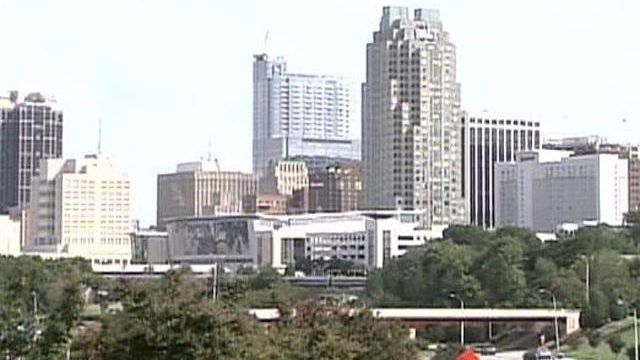Raleigh growth plan to curb sprawl
The proposals for dealing with Raleigh's growth over the next two decades are the first updates to the city's Comprehensive Plan since 1989.
Posted — UpdatedThe proposals are the first updates to Raleigh's Comprehensive Plan since 1989.
Raleigh's population was about 380,000 people in July – an 84 percent increase from the 207,000 people recorded by the 1990 census – and it is now one of the 50 most-populous cities nationwide. The city's population is expected to grow to 600,000 by 2030, based on national population trends.
Under current zoning, planners say, such growth would spur a "centerless and undifferentiated pattern of sprawling development." Sprawl is taxing the city's green space, roads and sewer capacity and will only become worse if changes aren't made to the city's growth plan, they said.
"Taxes tend to go up because you have to maintain this vast network of highways and infrastructure, and people are finding out that the congestion isn't worth it, the taxes aren't worth it," Raleigh Planning Director Mitchell Silver said.
The Comprehensive Plan calls for funneling 60 percent of future growth – about 72,000 homes, townhouses and apartments – into eight growth centers that are in locations with combined highway and targeted transit access.
"People can go to one location. They can live, they can work, they can shop (and) they can find things to do if they want recreation," Silver said.
The centers include downtown Raleigh, Brier Creek, the Midtown area near North Hills, Crabtree Valley, west Raleigh, the area around Cameron Village and North Carolina State University, the area near Triangle Town Center mall and New Bern Avenue around WakeMed.
This year, more than 1,000 people – a record number – have moved to downtown, increasing the population there to 6,000, city officials estimate. Development in downtown is expected to stay flat next year, but pick up in 2010, officials said.
Along with the growth centers, planners say, new homes should be built smaller, and the city should become considerably more transit friendly, with street cars, express buses and commuter rail.
"The car is not going away, but I think people are looking for choices to walk, to bike and to take transit, both rail and bus," Silver said.
Some people have criticized the plan, saying it doesn't guarantee that money will be spent on commuter rails and bus lines necessary to make public transit work in Raleigh.
The comprehensive plan also targets 18 areas for economic growth and revitalization, such as Glenwood Avenue from Pleasant Valley to Ebenezer Church Road and Capital Boulevard from downtown to the Interstate 440 Beltline.
"We want to find out if some of the shopping centers, when they age out, can redevelop with housing," Silver said.
• Credits
Copyright 2024 by Capitol Broadcasting Company. All rights reserved. This material may not be published, broadcast, rewritten or redistributed.






